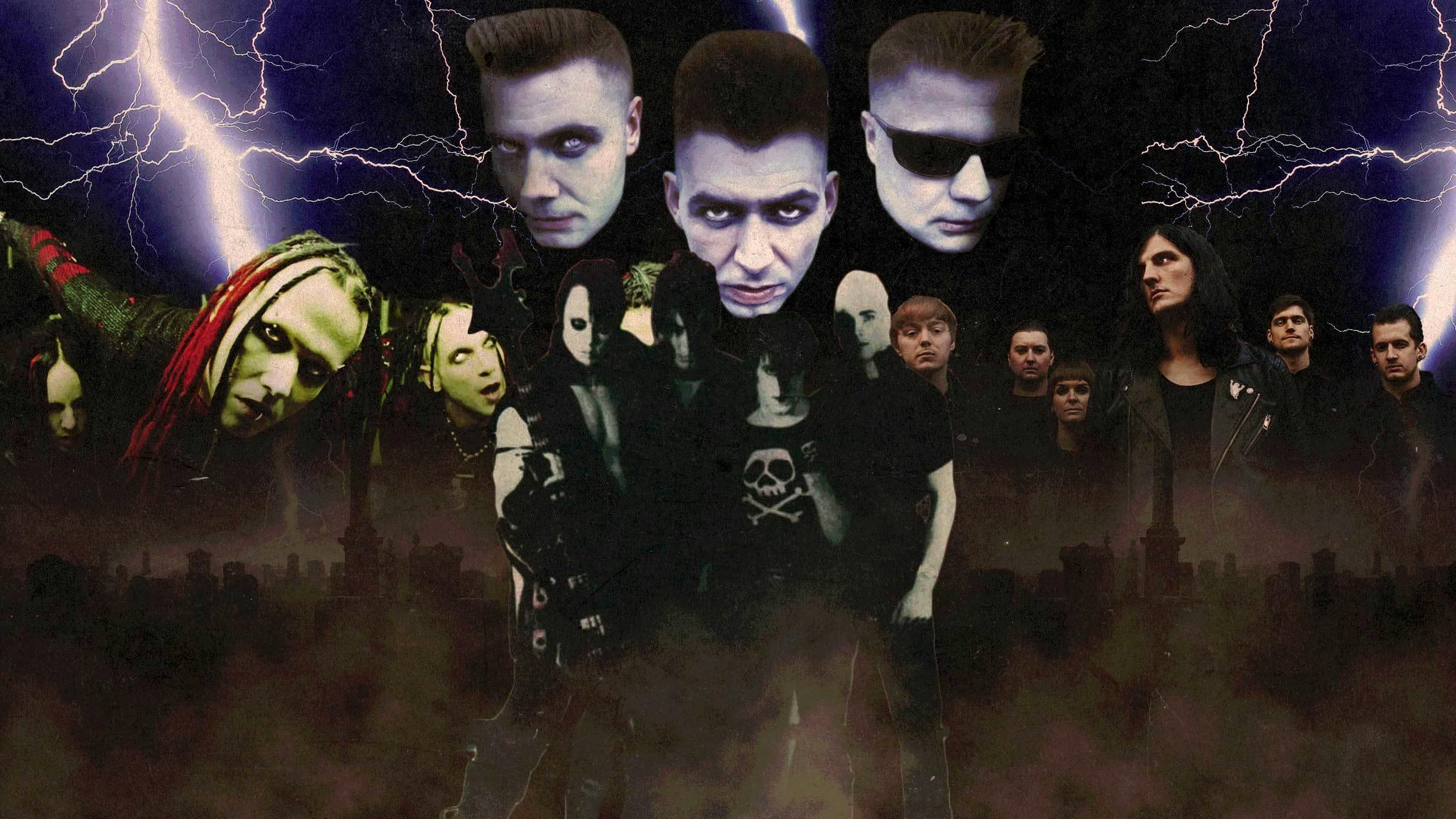When Jerry Only and Doyle Von Frankenstein resurrected the Misfits sans Danzig in the late ’90s, some old-school punks cried sell-out. But, simply put, it is impossible to fuck with Dig Up Her Bones, a track that walks that fine line the Misfits drew in the first place. Clandestine but catchy, full of both horror tropes and honest yearning, the song became an anthem for all those fans born a little too late for the band’s first incarnation, but who appreciated their new lush production, metallic overtones, and ultra-spooky demeanor. This song alone is a monument that the Misfits's era with Michale Graves cannot be ignored.
